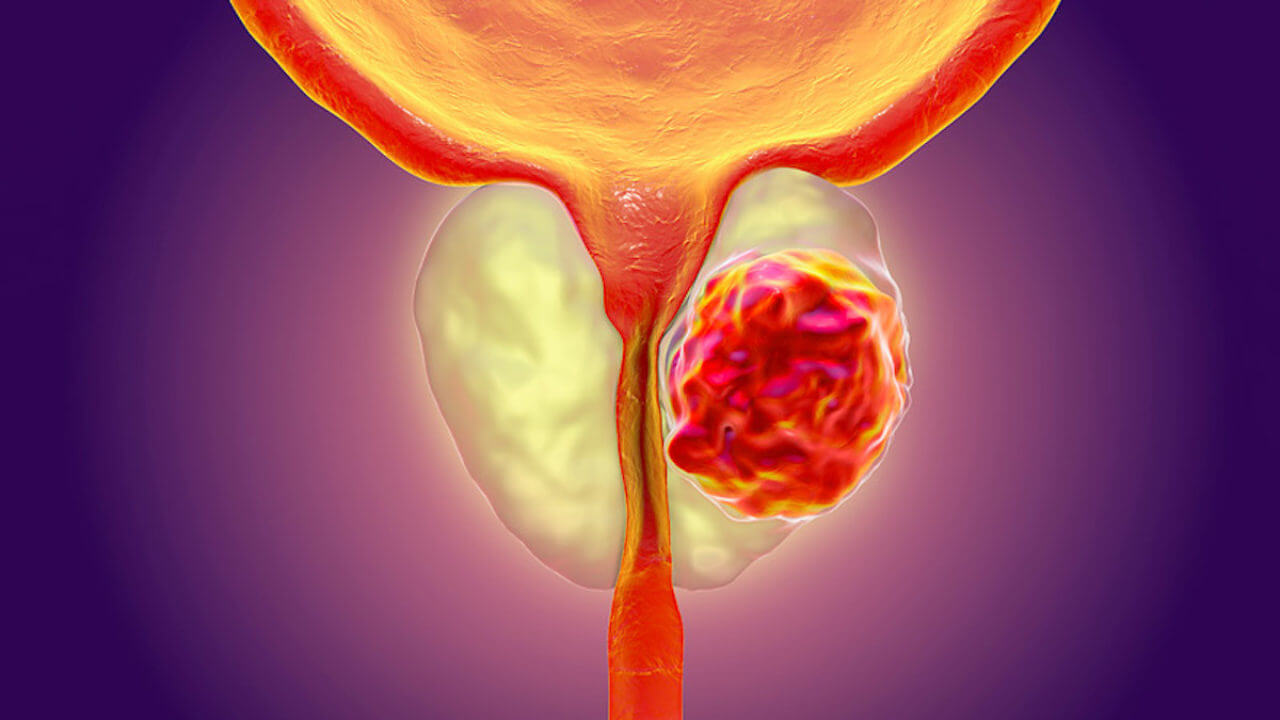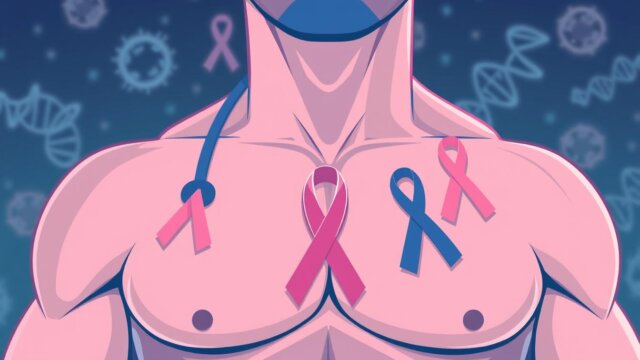FTC disclaimer: This post may contains affiliate links and we will be compensated if you click on a link and make a purchase.
The American Cancer Society has revealed that one out of nine people in the US is diagnosed with prostate cancer.
Moreover, prostate cancer is more likely diagnosed in men age 65 or older and rare in men under age 40.
Prostate cancer in the US takes more lives annually among men after lung cancer.
If you have a close loved family member or friend who has prostate cancer, it becomes essential that you understand the various options for prostate cancer treatment available.
Prostate cancer treatment is done either with surgery or radiation.

Prostate cancer surgery or radiation, which is better?
Well! Both treatments have different side effects, such as bladder, bowel, and erection problems, although radiation treatment is more likely to cause bowel problems.
Moreover, surgery therapy can lead to leaking urine or erection problems in men.
Moreover, in surgery, it will remove the prostate to treat cancer.
According to research, it has shown that men who had radiation treatment are more likely to die early of any cause compared to those who had surgery.
Let’s look after various prostate cancer treatment pros and cons.
Various Prostate Cancer Treatment Pros and Cons
Here are the various prostate cancer treatments’ pros and cons, which you should be aware of.
EBRT or External Beam Radiation Therapy
The EBRT is a 10-minute radiation therapy where a single radiation beam treats the affected local area.
Pros
The main reason why most people undertake EBRT because of its painless treatment.
Few healthy cells are also destroyed, as the single beam is used to treat a specific area.
Cons
The patient undertaking EBRT would suffer from loose stools, frequent urination, and bleeding in the rectum area.
Radioactive Seed Implants
This is another type of radiation therapy which is also known as Brachytherapy. Brachytherapy is undertaken using two techniques.
Brachytherapy’s first technique is a permanent therapy where radioactive seeds are introduced into the patient’s blood. These seeds are alert for a few months, and a single dosage would involve the introduction of 40 to 100 seeds in the patient’s prostate area.
In the temporary Brachytherapy, radioactive seeds are introduced in the patient’s prostate area for few minutes only. This therapy has to be done a few times over a period of 7 days.
Pros
A large amount of radiation is introduced in cancer-affected areas. Healthy tissues around cancer-affected areas are not destroyed. The treatment time is short.
Cons
The patient might suffer from pain when urinating. He would also need to stay away from a pregnant woman as he has radioactive seeds in him.
Hormone Therapy
In hormone therapy, the patient is injected with a specified hormone to treat his prostate cancer. The hormone injection is taken once in 3 months.
Pros
This treatment is straightforward and comfortable for the patient to undergo.
Cons
The patient could suffer from enlarged breast syndrome and hot flashes. He might also suffer from low sex drive and other sexual problems.
Chemotherapy and Cryotherapy
Chemotherapy is a technique where a specific chemical mix is introduced into the patient’s blood and radiation. Cryotherapy freezes the cancer cells.
Pros
It kills the powerful fast-growing cancer cells immediately.
Cons
Chemotherapy and Cryotherapy kill healthy tissues and cells growing around cancer-affected areas.
Wrap up:
Hope, now you are aware of various aspect of prostate cancer treatment and its pros and cons. Although deciding on prostate cancer treatment is not easy.
You are considering radiation or surgery therapy, one of your top concerns. The good news is that the latest treatment is much better than what we had a decade ago.








